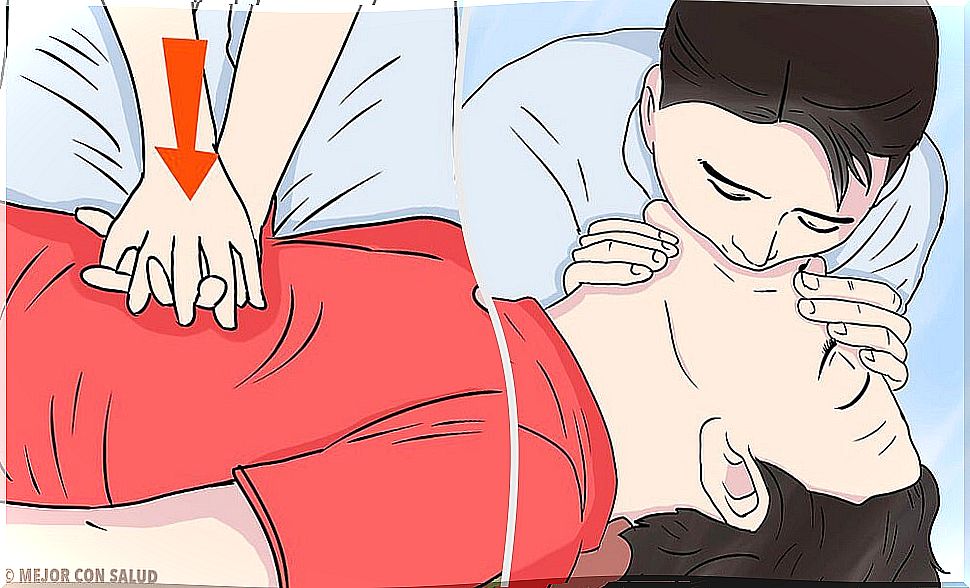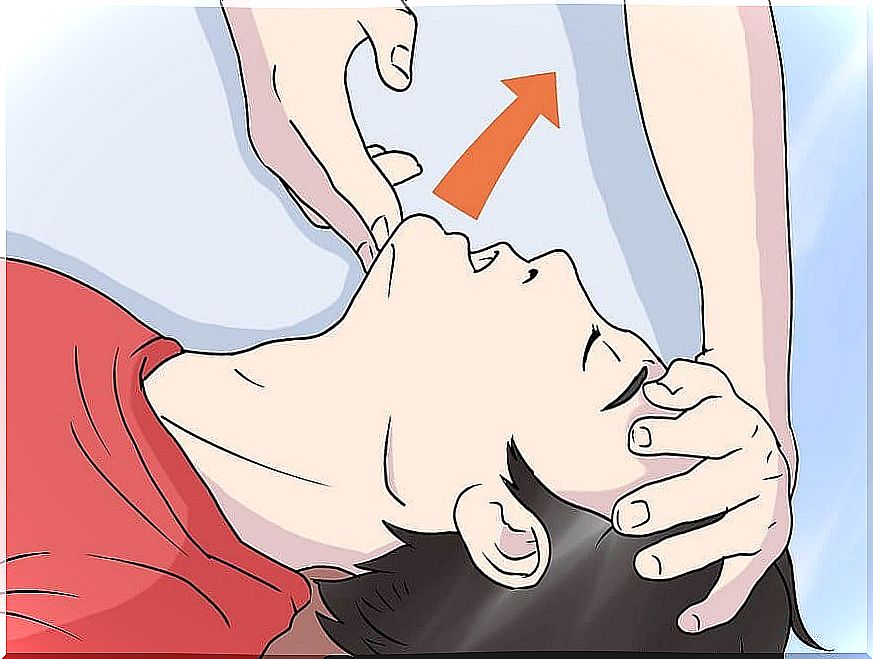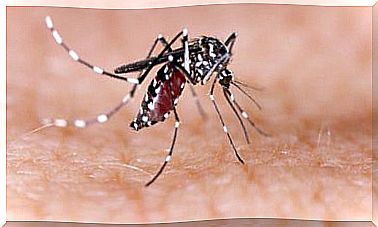Orotracheal Intubation: What Is Your Procedure?
Endotracheal or endotracheal intubation is an invasive technique to restore the airway by inserting a tracheal device. It is generally used in emergency situations where the patient cannot breathe and his life is in danger.
Most frequent indications for endotracheal intubation
Without a doubt, the emergency situation that most commonly requires intubation is cardiorespiratory arrest. Below are other situations where this procedure is indicated:
- Protection of the airway.
- Head injury: not intubated in all cases. To assess which patients need intubation, the Glasgow scale is performed, used to measure the patient’s degree of consciousness. Coma is defined with a score on the Glasgow scale below 8.
- Acute respiratory failure with respiratory rate less than 10 breaths per minute or greater than 30: the first case is called bradypnea and the second, tachypnea.
Evaluation of the urgency of orotracheal intubation?

Not all patients have the same respiratory distress. Bearing in mind that endotracheal intubation is an invasive procedure, it is important to select patients who have no alternative compared to those who can accept other support measures until they reach the hospital.
To assess the urgency of intubation , several factors are taken into account:
- Level of consciousness according to the Glasgow Scale: already discussed in the previous section.
- Perfusion: indirectly measured according to the coloration of the skin and mucous membranes. A bluish coloration in the presence of cold temperature to the touch indicates signs of ischemia. In this case, the blood supply is not enough to meet the demands of the body.
- Respiratory pattern: look for signs of respiratory effort. An essential data is the sign of the pull where there is a paradoxical movement of the abdominal accessory muscles. In addition to the amplitude of the respiratory movements, the regularity of the rhythm is taken into account.
How is endotracheal intubation performed?
Preparation
First of all, it is necessary to ensure that the patient is in a safe environment in order to carry out the maneuver without danger of accident. Next, the intubation kit that is usually in all ambulances is opened and consists of the following components:
- Laryngoscope with laryngoscope blades of different sizes: it is essential to make an assessment of the approximate size of the trachea to place the correct one. There are different pediatric and adult size sheets.
- Endotracheal tube: there are also different sizes. However, all of them come with a guide inside to facilitate the intubation process. This guide is nothing more than an easy-to-remove metal catheter. The tubes have an air balloon to secure the position once it is positioned correctly.
- Syringe: used to inflate the balloon.
- Ambú: it is a bag with an oxygen reservoir used in manual ventilation.
- Adhesive tape: to ensure that the tube is well fixed.
- Guedel-type cannula.
- Hygiene measures: gloves, mask, etc.
- Replacement of laryngoscope batteries.
Process

Ideally, there are 2 people assisting the patient. One person will be in charge of introducing the tube and the other will exert pressure on the cricoid cartilage. By squeezing the cartilage, the esophagus is secured against the vertebrae and the reflux of stomach contents is prevented.
The intubator should stand behind the patient’s head so that they have full access to the oral cavity. In addition, extending the head back slightly forms an angle that favors the performance.
With one hand the laryngoscope is grasped, in this way the cavity is illuminated and the structures are better visualized. It should be inserted through the right side of the tongue and then pushed diagonally to the left and up. Thus, it is just behind the upper teeth. Be careful not to break any teeth and make sure that there are no foreign bodies in the mouth. If there is blood, suction should be done to see better.
Once the vocal cords are seen with the other hand, the endotracheal tube is inserted through them. When the lower end of the tube disappears, the balloon is inflated, the stylet is removed and secured with tape. Finally, he ventilates using the ambu to administer oxygen.








